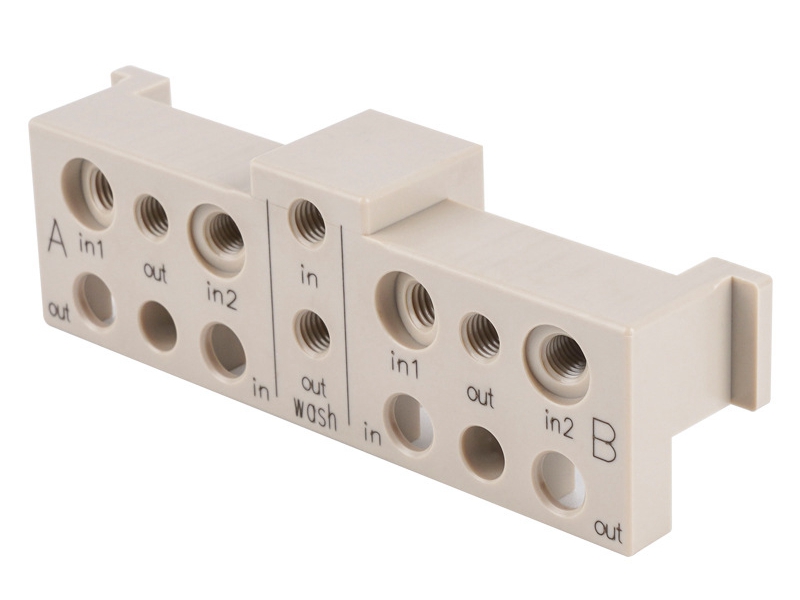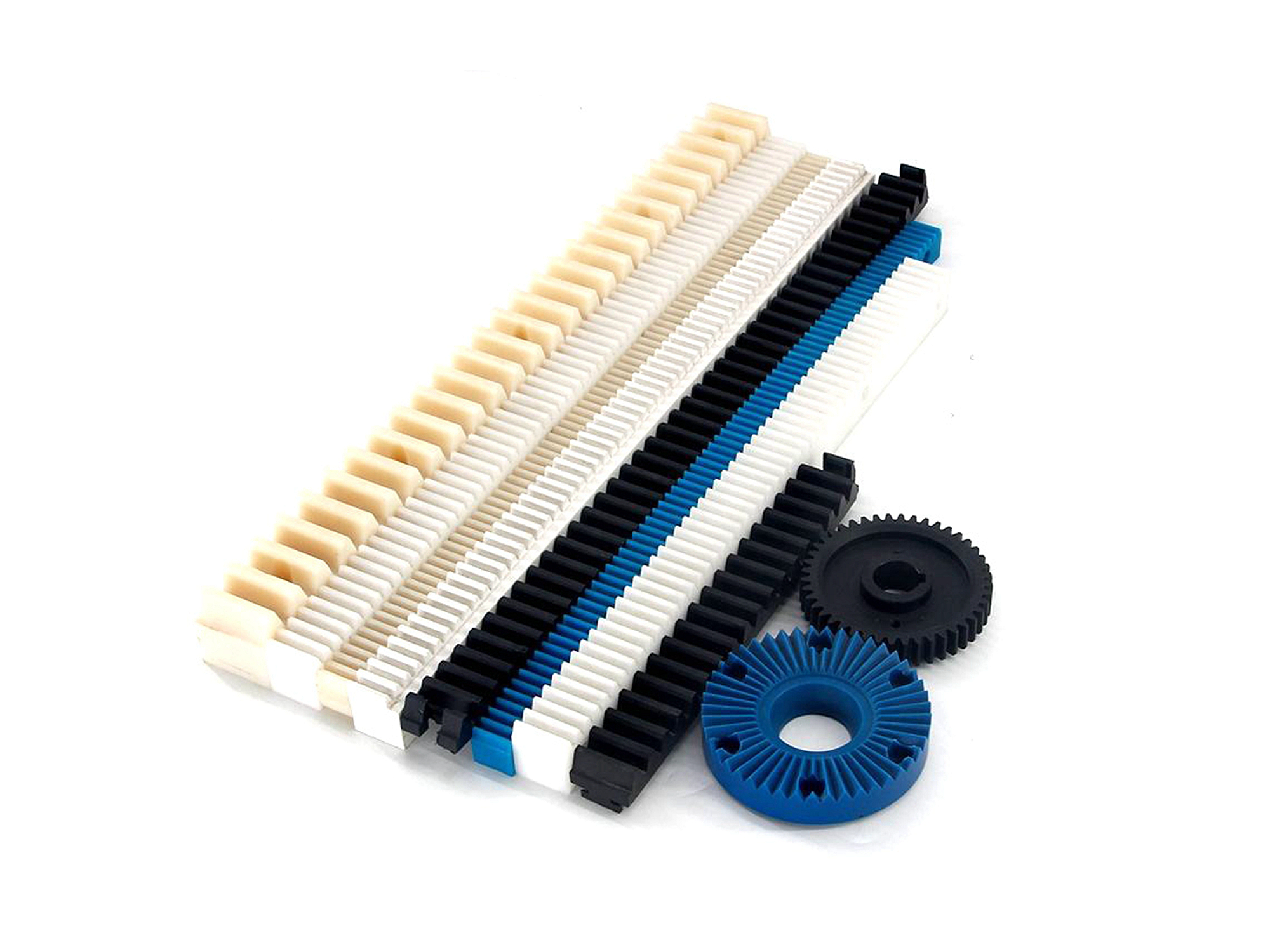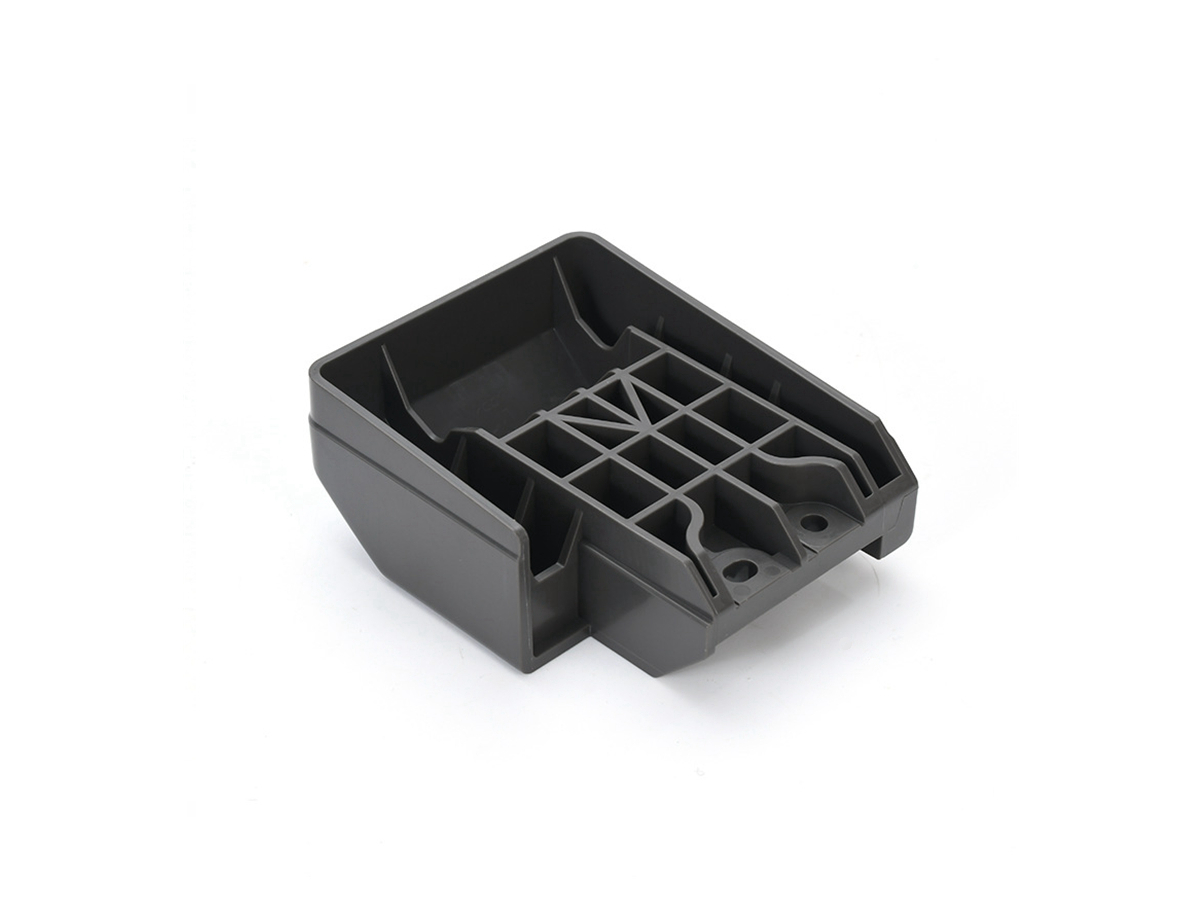What are the common causes of deformation in plastic parts after machining?
Common Causes of Deformation in Machined Plastic Parts
Post-machining deformation in plastic components is a prevalent challenge that stems from the fundamental differences in material behavior between plastics and metals. Unlike metals, plastics have lower stiffness, higher coefficients of thermal expansion, and are viscoelastic, meaning their dimensions are sensitive to stress, time, and temperature. At Neway, managing these factors is critical to delivering dimensionally stable plastic CNC machining components. The primary causes of deformation can be categorized into internal stress relief, thermal effects, material selection, machining-induced stress, and part geometry/ fixturing.
Primary Factors Leading to Deformation
Factor | Description | Technical Data & Mitigation Strategies |
|---|---|---|
Internal (Residual) Stress Relief | Plastic stock materials, especially injection-molded sheets or bars, contain frozen-in molecular orientation and internal stresses from their manufacturing process. Machining removes material, disrupting the stressed equilibrium and causing the part to warp or shrink as it seeks a new stable state. | • Pre-machining stress relief: Anneal material at 10-20°C below its HDT before machining. • Material Selection: Use cast acrylic or extruded stock with lower inherent stress than molded grades. • Symmetrical Machining: Remove material evenly from both sides to balance stress release. |
Thermal Effects During Machining | Plastics are thermal insulators. The heat generated by cutting tools is not efficiently dissipated, leading to localized thermal expansion. Upon cooling, non-uniform contraction occurs, resulting in distortion. | • Tool Geometry: Use sharp, highly polished tools with positive rakes and wide flutes for efficient chip evacuation. • Coolant Strategy: Use a constant flow of compressed air or a mist coolant; avoid liquid coolants that can cause swelling in some hygroscopic plastics. • Cutting Parameters: High spindle speeds with low feed rates to minimize heat generation per unit cut. |
Material Selection & Hygroscopic Behavior | Not all plastics are equally prone to deformation. Amorphous polymers (like ABS, PC) are generally more dimensionally stable than semi-crystalline ones (like Nylon, POM). Furthermore, hygroscopic materials absorb moisture from the air, which can lead to swelling. | • Material Drying: For hygroscopic polymers like Nylon (PA) or ABS, pre-dry material according to manufacturer specs (e.g., 80°C for 4+ hours). • Post-Machining Conditioning: Allow machined parts to stabilize in the intended service environment before final inspection. |
Machining-Induced Stresses | The mechanical force of the cutting tool compresses and shears the material, introducing new localized stresses. Excessive tool pressure, dull tools, or improper fixturing can "bend" the part during machining. | • Fixturing: Use low-clamping-pressure, conformal fixtures or vacuum chucks to distribute holding force evenly and minimize distortion. • Tool Path Strategy: Employ trochoidal milling and climb milling techniques to reduce cutting forces and tool engagement. • Multi-Pass Machining: Take light final passes (≤ 0.5 mm) to minimize residual stress from the cutting process. |
Part Design & Geometry | Thin walls, large unsupported spans, and asymmetric geometries are inherently less rigid and more susceptible to warping from any of the above forces. | • Design for Manufacturability (DFM): Maintain uniform wall thickness and avoid sharp internal corners. • Prototyping: Use CNC Machining Prototyping to validate the stability of complex designs before full production. • Alternative Processes: For complex, thin-walled parts, 3D Printing may produce a more stable monolithic structure. |
Material-Specific Deformation Behaviors
Understanding the unique properties of common machined plastics is essential for predicting and preventing deformation:
• Nylon (PA): Highly hygroscopic and semi-crystalline. It will swell significantly if machined in a wet state and is prone to stress-relief warpage. Precise drying and post-machining conditioning are non-negotiable.
• Acetal (POM / Delrin): While dimensionally stable and low moisture absorption, it has a high coefficient of thermal expansion. It is highly susceptible to deformation from machining heat. Sharp tools and aggressive cooling are critical.
• Polycarbonate (PC): An amorphous polymer with good dimensional stability but high notch sensitivity. Poor tooling can create micro-cracks that act as stress concentrators, leading to creep or stress cracking over time.
• ABS: A common choice for prototyping due to its good machinability. However, its relatively low heat deflection temperature makes it vulnerable to thermal deformation during aggressive machining operations.
• PEEK: A high-performance polymer with excellent inherent stability and low hygroscopicity. However, its high melting point means that if excessive heat is generated, the material can soften and recast, inducing significant stress.
Post-Machining Solutions and Treatments
If deformation occurs or is anticipated, several post-processing techniques can be employed. Stress relieving the finished part via a controlled annealing cycle can help it reach a stable state. For cosmetic parts, some distortion can be mitigated during CNC Part Polishing Service or other finishing processes, though this is a corrective, not a preventative, measure. The most effective strategy is a proactive one, combining proper material handling, optimized machining parameters, and intelligent fixturing to minimize the introduction of stresses from the outset.



